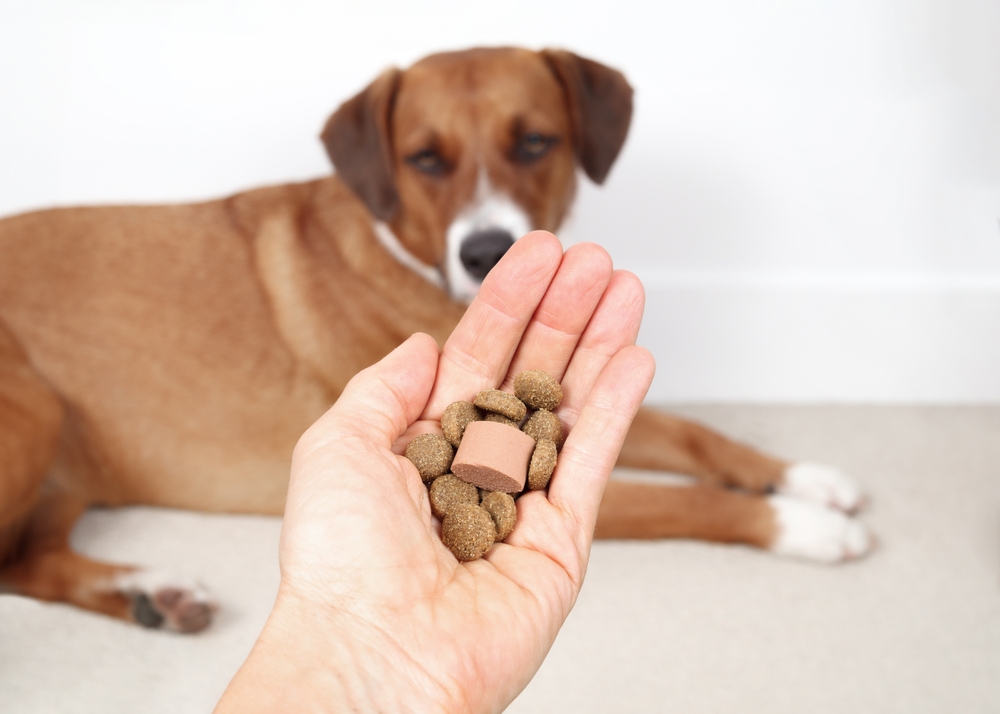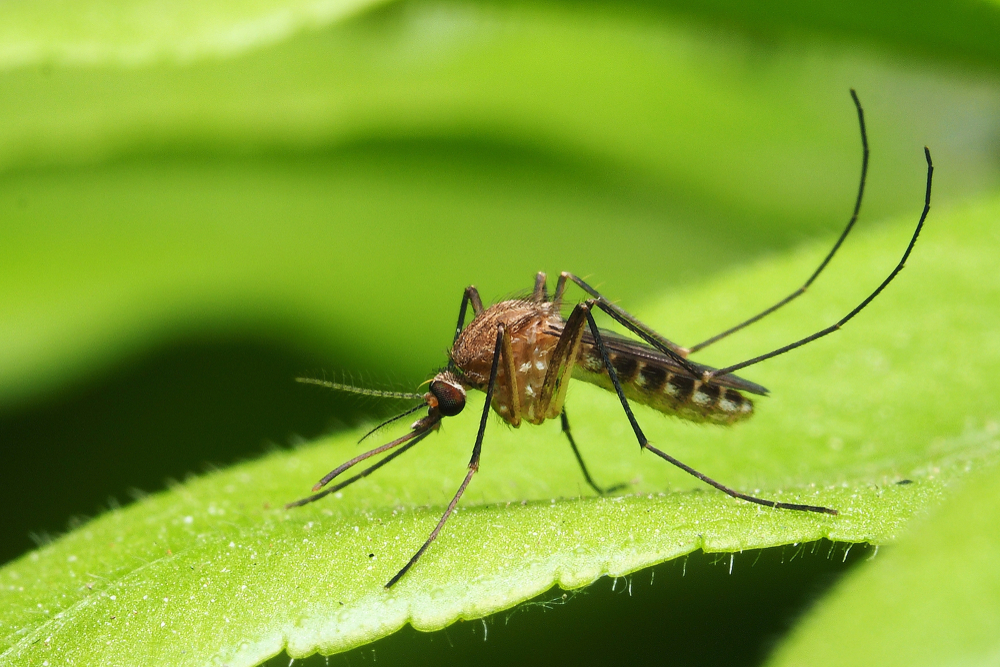Heartworm disease is one of the most dangerous illnesses a pet can face. Transmitted by mosquitoes, these parasites can cause significant, life-threatening damage to your pet’s heart and lungs, and prevention is essential to keeping your pet safe. Our Companion Veterinary Clinic team explains how heartworm affects pets, infection signs, diagnosis, treatment, and—most importantly—how to protect your four-legged friend.
How pets become infected with heartworm
Heartworm disease is not contagious, meaning that your pet cannot catch the disease from being near an infected animal. A pet can contract heartworms only through an infected mosquito’s bite. When a mosquito bites and feeds on a heartworm-positive pet, the bug also ingests microscopic heartworm larvae circulating in the infected pet’s blood. A mosquito may be tiny, but if one bites your pet they transfer infective larvae under your four-legged pal’s skin.
Heartworm life cycle in pets
After an infected mosquito spreads infective heartworm larvae to a pet, the larvae begin a slow migration through the infected animal’s body tissue to their circulatory system, and eventually toward their lungs and heart. Infective larvae mature into adult heartworms in about six or seven months. Adult heartworms—which can grow up to 12 inches in length—mate and produce offspring, releasing additional larvae into the infected pet’s bloodstream.
Heartworm in cats
While cats contract heartworm far less often than dogs, the feline species is not a natural heartworm host, because the worms do not thrive as well in a cat’s body. However, cats remain susceptible to heartworm disease. When infected with heartworms, cats do not live as long as infected dogs. Although—because of their small body size—cats’ worm burdens (i.e., the number of worms living inside a pet) are generally lower than in dogs, a cat who has only a few worms is considered to be heavily infected. Some infected cats can spontaneously rid themselves of heartworms, but others die suddenly having exhibited no illness signs.
Dangers facing heartworm-infected pets
Heartworm disease severity is related to the worm burden, the length of time a pet has been infected, and how the infected pet’s body responds to the heartworms’ presence. Adult worms can live inside a pet’s large lung vessels and heart for years, where they cause dangerous blockages, and constrict blood flow, leading to red blood cell destruction. Over time, an infected pet will likely experience heart failure and life-threatening kidney and liver damage.
Heartworm signs in pets
Some pets live with heartworms for a long time, exhibiting few—if any—infection signs, making year-round prevention pets’ only protection. Heartworm disease signs also vary significantly by species. Dogs’ heartworm signs include:
- Mild persistent cough
- Exercise intolerance
- Fatigue after brief activity
- Decreased appetite
- Weight loss despite a pot-bellied appearance
- Collapse
Although sudden death can often be the first sign indicating a cat has been infected with heartworms, they may exhibit other signs when first infected. Cats’ heartworm signs include:
- Asthma-like attacks
- Coughing
- Weight loss
- Occasional vomiting
- Decreased appetite
- Fainting
- Neurologic signs, including incoordination or seizures
Diagnosis of heartworm in pets
If heartworm disease is suspected, your veterinarian will perform a blood test to identify specific heartworm proteins (i.e., antigens), which adult female heartworms release into a pet’s bloodstream. If a pet tests heartworm-positive, your veterinarian will perform a second blood test to check for microscopic larvae (i.e., microfilariae), which dogs harbor more commonly than cats.
Heartworm treatment for pets
Heartworm disease treatment—available only for dogs—is expensive and complex, and usually requires multiple veterinary visits for blood tests, X-rays, and injections. Treatment can take several months and may include:
- Pretreatment stabilization — If your pet is clinically ill, your veterinarian will first stabilize them to ensure your four-legged friend is healthy enough for treatment.
- Activity restriction — Active pets are more likely to have heart and lung damage, but—to prevent excessive organ damage—all pets’ activity must be restricted during treatment.
- Injections — Your pet will receive a series of deep intramuscular injections to kill circulating adult heartworms.
- Surgery — In severe cases, your veterinarian may perform surgery to physically remove heartworms from your pet’s body.
How to prevent heartworm in pets

Heartworm disease can be prevented with consistent preventive medication. The American Heartworm Society recommends that owners give their pets 12 months’ heartworm prevention, and schedule heartworm testing every 12 months. Heartworm preventives are typically administered monthly in oral or topical form, although long-term injectable medications are available.
A pet’s heartworm disease diagnosis is scary, but you can protect your four-legged friend by ensuring they regularly receive heartworm preventives, annual testing, and regular wellness care. If you currently don’t follow a heartworm prevention plan for your pet, schedule their examination and heartworm testing with our Companion Veterinary Clinic team.







Leave A Comment